New blog posts every week
FACEBOOK & INSTAGRAM:
TRAFFIC vs CONVERSION ADS
So similar but yet so different… when and how to use them ?!?
- Written by Marcello
- 5 min read
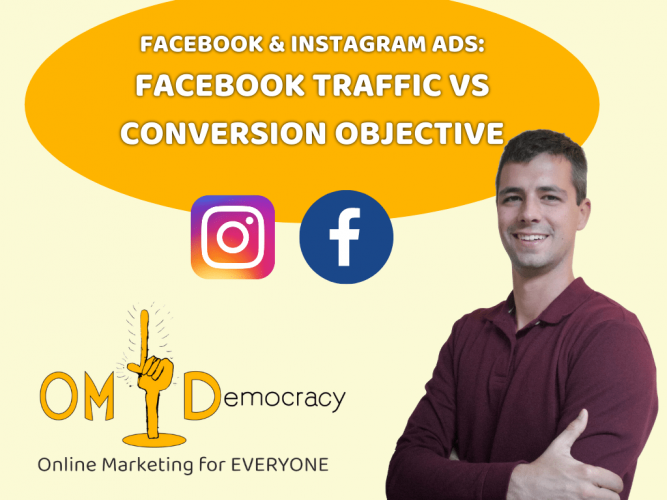
Today we’ll look at both Traffic and Conversion ads and try to clarify their roles and rules for usage.
After reading through the post you will hopefully know when to use Facebook Traffic and when to use Conversion campaign objectives.
The brief answer can be summarized a as follows:
As an alternative to conversion campaigns, use traffic campaigns If you don’t have enough valuable conversion events (min. 50 per week).
When to use Traffic campaigns or better: when not to use Conversion campaigns
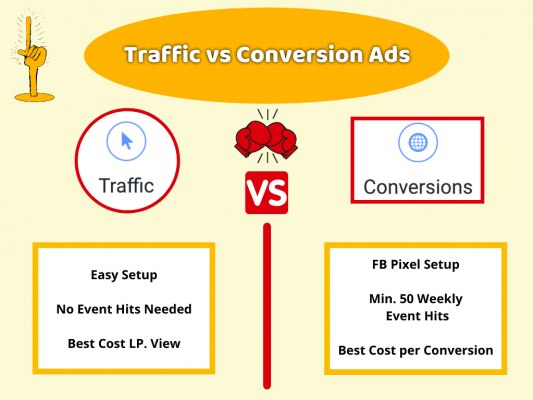
The background story: The Facebook Algorithm and why Conversions campaigns sometimes don’t deliver

The answer to this can be pretty straightforward: The conversion event chosen for the campaign objective, simply doesn’t have the minimum 50 event hits per week to give the proper optimization input to the Facebook algorithm.
Although not often mentioned in the Facebook ads news, the reason behind Facebook ads being so effective and powerful is the company’s algorithm. Simply explained, the algorithm is able to look at Facebook user behaviour and match them into audiences and user groups that we as online marketers use to target users.
If as part of your targeting strategy then, you define in your conversion campaign a type of conversion (and therefore a user behaviour as described above) that does not occur very often, you will leave the Facebook algorithm figuratively scratching it’s head, since it won’t know in which direction to point.
Conversion campaign’s barrier of entry: The Facebook Pixel
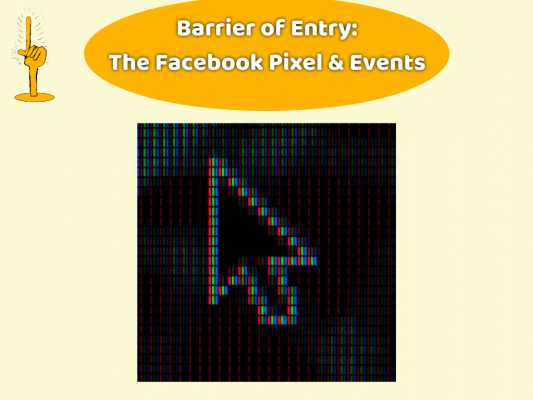
Since when using a Conversion campaign objective you have to set a conversion event, it is assumed that you have installed the Facebook Pixel on your website.
Nowadays, with the help of plugins and tools, it has become easier to install the Facebook Pixel on the website. Once you have installed it, you will have as well to make sure the events are properly assigned and tracked on your website.
On the other hand, the Traffic campaign objective is more of a “point-and-shoot” solution. Just create your campaign and publish it. No pixel needed (although in order to track Landing Page Views the installation of a Facebook Pixel is strongly recommended).
Use Traffic campaigns if you can’t reach the minimum conversion events number
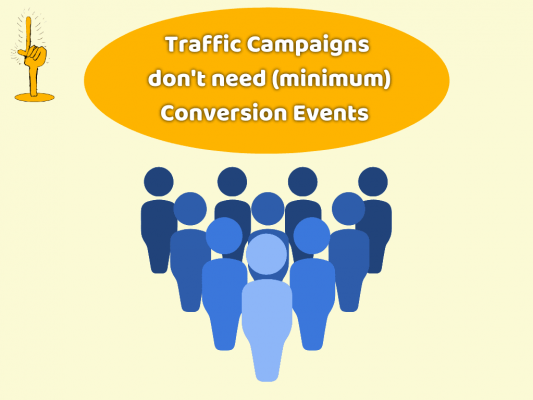
If this scenario occurs, the best choice for driving conversions without a consistent amount of event hits will be the traffic campaign objective.
The traffic campaign doesn’t require you to select any conversions for which to optimize for. On the other hand, with the primary goal for this campaign objective being set to achieving the best possible Cost per Landing Page view, the strategy here will be to increase the quantity of Landing Page views which then will result in an increase of conversion events.
Specially in the beginning, when a company has a low number of sales and therefore purchase event hits used in the Conversion campaign, it’s useful to use the traffic campaign to just keep the user flow going.
In these situations we have seen numerous times a huge discrepancy in Cost per Landing Page Views (CPLPV) and therefore sales provided between the Traffic and Conversion campaign objective. Scenarios like CPLPV of 0,30€ for Traffic- vs CPLPV of €1,00 for Conversions campaigns, are often the result.
Moving up the Conversion Funnel: using soft conversions instead
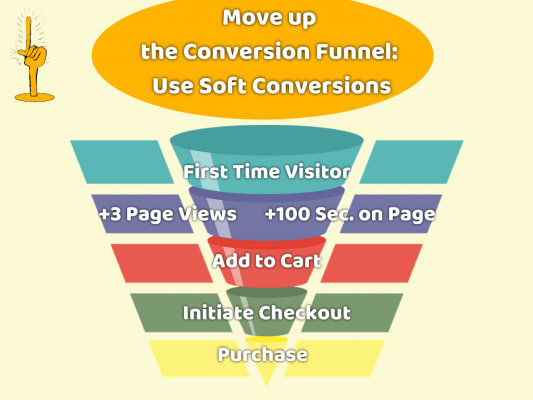
An alternative, although not as effective as using the traffic campaign, can be to move up the ladder of the conversion funnel and to use more soft conversions like Initiate Checkout or Add to Cart events.
As you move up the conversion funnel the quantity of events increase. Meaning a website will have a higher quantity of page views, than add to carts or even initiate checkouts.
This method uses the quantity of these soft conversions to make them feasible for Conversion campaign objectives.
But the rule mentioned above still applies: use conversions that get at least 50 event hits per week to deliver enough data to the Facebook Algorithm
Optimising for Traffic or Conversions?
As discussed above, if you are just starting out with Facebook Ads, have a newly installed Pixel or have a low number of conversions, you will have to go with Traffic campaigns.
Once you have gained more event hits with your Pixel and have an ongoing flow of conversion events use the Conversion campaign instead.
As this case study shows, if the prerequisites are properly fulfilled, the result of campaigns objectives are always consistend with their naming: A lot of traffic for the Traffic campaign objective and the most cost-effective conversions for Conversion campaign objectives.
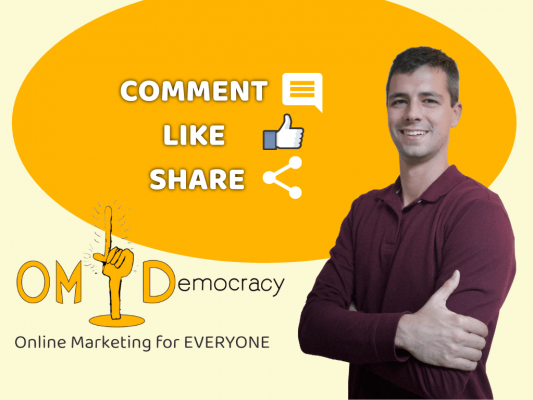
Conclusion
So that’s already it for today.
We looked at both campaigns types and discussed when to apply them best.
What were your experiences with the Traffic and Conversion ads?
What do you use more: Traffic or Conversion campaigns?
Let us know in the comment section below!
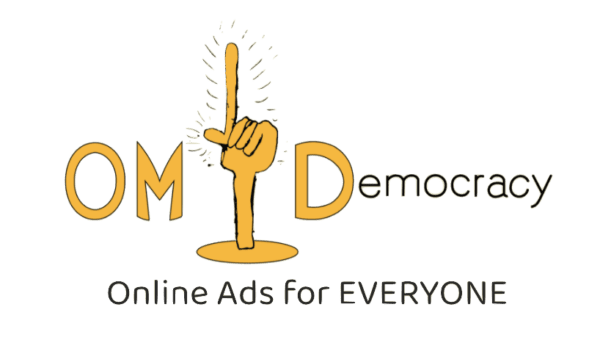

3 thoughts on “Facebook Traffic vs Conversion Objective”
Pingback: Facebook ads not converting? (2021)
Hi Sir,
Can I run both Traffic and Conversion campaign concurrently? Pointing to the same Ads. Appreciate with your reply.
Hello Alizan,
Yes you can!